
Brudos was born in Webster, South Dakota. His mother had wanted a girl, and often ignored and belittled him. He had a fetish for women's shoes from the age of five. He spent his teen years in and out of psychotherapy and state hospitals. He began to stalk local women as a teenager, knocking down or choking them unconscious, and fleeing with their shoes.

At age 17, he dug a hole and kept girls as sex slaves. Shortly after he was found out and taken to a psychiatric ward of Oregon State Hospital for nine months. There it was found his sexual fantasies revolved around his hatred and revenge against his mother and women in general.
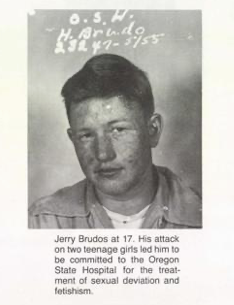
Brudos suppressed his obsessions long enough to graduate from high school and become an electronics technician. In 1961, he married and settled in a Portland, Oregon suburb. It was at about this time, however, that he began complaining of migraine headaches and "blackouts," relieving his symptoms with night-prowling raids to steal shoes and lace undergarments.
The Seattle Times pointed out that he "forbade her from visiting the garage; she had to call him on the intercom when she wanted something from the freezer.


He would leave photos like these around the house for his wife to find. She found it odd.

A neighbor even later claimed she saw Darcie help Brudos carry a victim; however, the neighbor’s testimony was discredited and there was no other evidence to prove Darcie was in on the murders.
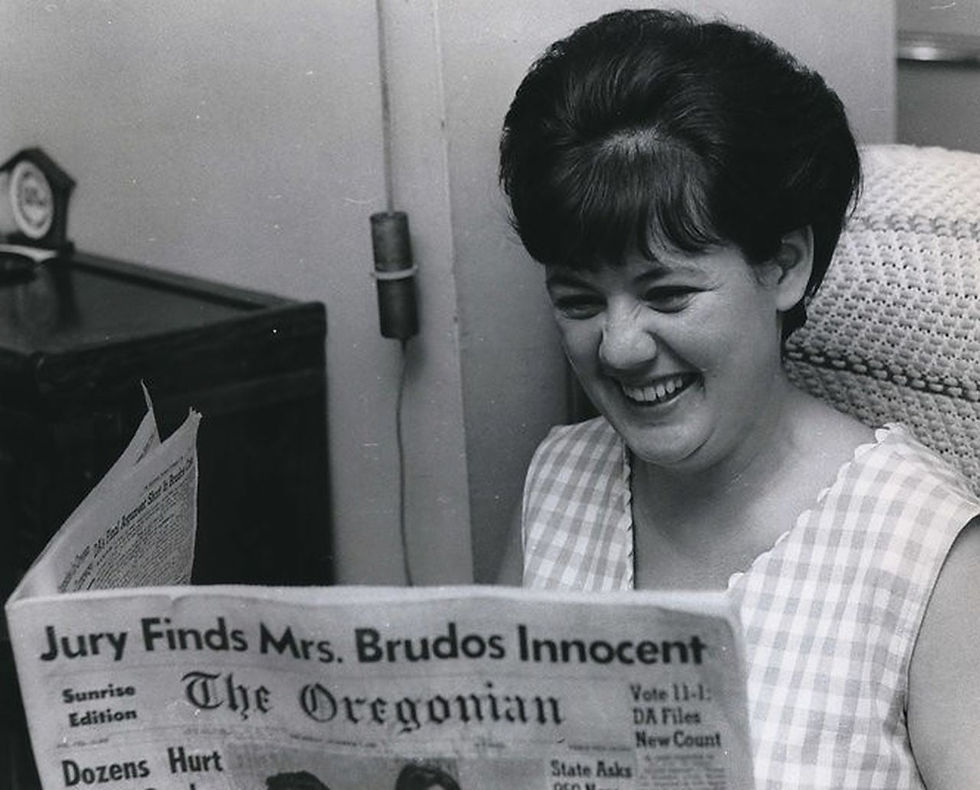
Brudos is caught looking in the mirror that was on the floor underneath a hoisted dead victim. This small image was on the bottom of one of the photos found in his home.

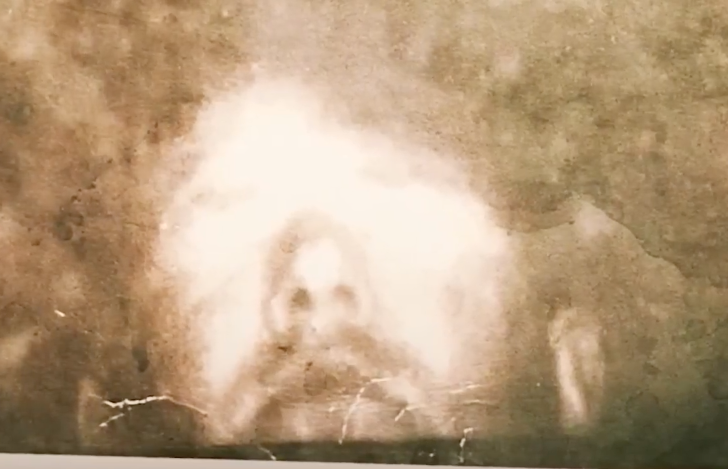
When Brudos was on vacation with his family a freak accident occurred. A car had run into his garage. When the police arrived they incredibly missed seeing Jane Susan Whitney dead hanging from the ceiling!
Between 1968 and 1969, Brudos bludgeoned and strangled four young women. The only initial evidence was witness sightings of a large man dressed in women's clothing. Brudos kept trophies from his victims, such as amputated breasts and a foot. After committing a murder, he would dress up in high heels and masturbate.
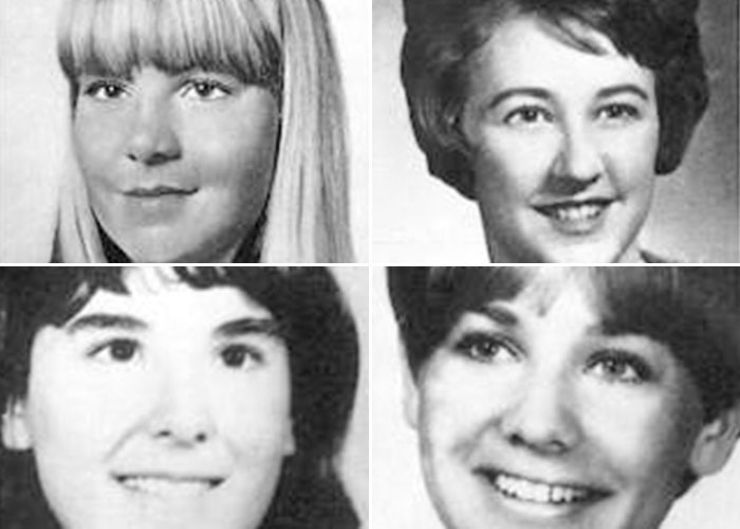
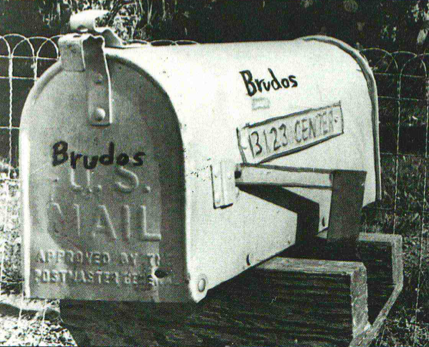

Police investigation and interviews of local coeds led them to Brudos, who confessed to the murders in detail. He was charged with three counts of murder and sentenced to life in prison.
While incarcerated, Brudos had piles of women's shoe catalogues in his cell — he wrote to major companies asking for them — and claimed they were his substitute for pornography. He lodged countless appeals, including one in which he alleged that a photograph taken of him with one of his victim's corpses cannot prove his guilt, as it is not the body of a person he was convicted of killing.
Later in jail, he proved to have a natural gift for electronics, and was soon virtually running the prison’s computer system. The prison authorities have also allowed him, to some small extent, to pursue his lifelong interest in women’s shoes and undergarments. His cell has stacks of mail-order catalogues full of glossy photographs.
Brudos died in prison on March 28, 2006 from liver cancer. At the time of his death, he was the longest incarcerated inmate in the Oregon Department of Corrections (a total of 37 years, from 1969 to 2006).


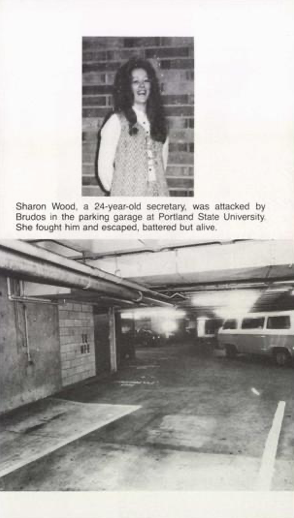



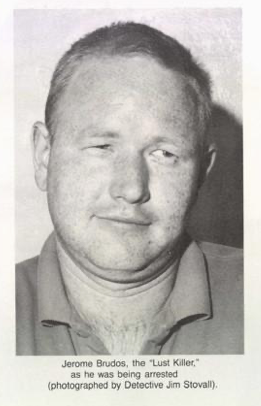










(The_Winnipeg_Sun_Sun__Apr_14__1985_)
"Jerry, Ralphene, and Bubbles Brudos"
Jerry Brudos was in the 4-H Club and the Boy Scouts.
Do the links between the Pacific Northwest serial killers and the Grand Junction story ever end? Seems like they don't. We already have Jim Stovall and his connection to Ben Meyers, as well as a connection (through his daughter) to Bundy victim Julie Cunningham. Now we see that Jerry Frazier, the other Salem detective highlighted in the OP above, is part of the same crowd:
Frazier was on the Salem force for nearly a decade, then at the start of 1975 left to join the force in Grand Junction. There is no explanation given for such a move, but it is almost certainly tied to the fact that Frazier's former boss Ben Meyers had become Grand Junction's police chief at the start of 1974. Supporting that is the fact that Frazier returned to Oregon law enforcement in 1976, right at the time Meyers resigned as chief (following an incident of him buying drinks for a 19-year-old girl at a bar and then threatening cops who informed on him).
During his time on the Grand Junction force, Frazier was apparently trustworthy enough to gain (the tightly-controlled) access to organized crime intelligence:
Organized crime was of course in the backdrop of the 1975 murders that rocked Grand Junction under Meyers's tenure, and something tells me his clique wasn't exactly keeping tabs on it for the purpose of busting it.
Back in Oregon as a state welfare fraud investigator, Frazier happened to get involved in another organized crime investigation about the possibility that the mob had infiltrated Oregon nursing homes (Salem Capital Journal, "Mob link feared in nursing homes", 1979/10/04). Then in January 1980, as discussed in the prior article, he was brought on to the Marion County District Attorney's office as a criminal case analyst, during which time he allegedly told his son to hide evidence in a theft case in which the son was a suspect. A month later, Frazier was cleared, with the rather unconvincing explanation that the grand jury had not heard about how Frazier got his son and daughter (herself also a suspect) to cooperate with the investigation by taking polygraphs (Salem Statesman Journal, "Marion investigator cleared of charges", 1983/10/20); as if that negates the problematic instruction to his son to get rid of any stolen property. Nevertheless, he was reinstated and his children were later acquitted too. And maybe this was a big misunderstanding, but I can't help but suspect this is just another instance of "justice" playing out for the well-connected.
I have yet to delve into the Brudos case, but given the links that Stovall and Frazier have, how sure are we that he wasn't made to take the rap for murders committed by others; perhaps even cops as played out in Grand Junction?
Patrick, I'm glad you came across this case. I was actually planning to ask you about it sometime soon, because it came up during my research into the Ted Bundy / Ben Meyers connections. The Salem OR detective who "solved" this case, Jim Stovall, was a high-level officer under then-chief Ben Meyers, and his daughter happened to be good friends with Bundy victim Julie Cunningham in Vail CO. Meyers, of course, later gained notoriety as the Grand Junction CO police chief during its 1975 string of murders and then as Pitkin County Undersheriff when star witness Lizbeth Harter identified him instead of Bundy.
I have heard a claim that Meyers was the perpetrator of a string of murders of women in Salem around this time. My source may have been referring to this case. If so, that would indicate Brudos did not act alone or was set up.